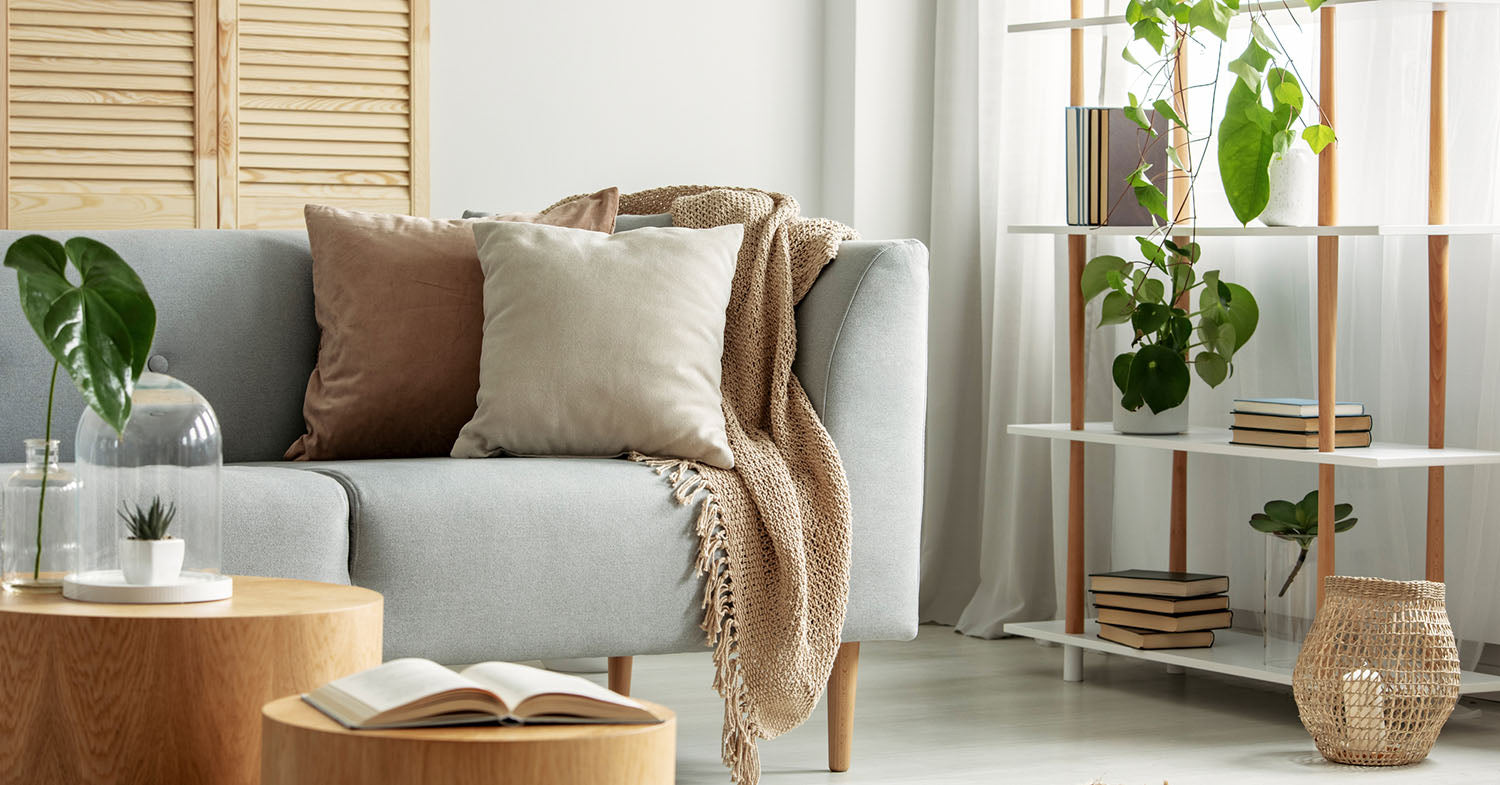Fall may be the season for cozy upgrades, but for furniture stores, it’s also the season where SEO can make or break your bottom line. Shoppers are turning to search engines looking for “dining tables for holiday hosting,” “cozy sectional couch,” and “patio furniture clearance,” but many brands never show up where it counts.
The reason? Misaligned search engine optimization. Outdated product pages, slow website speed, and ignored seasonal trends cause brands to lose visibility just when search intent (and buyer readiness) are at their peak.
Here’s how to capture more organic traffic, attract local customers, and turn your website content into revenue-driving assets before the next seasonal surge.
Why Furniture Brands Miss Seasonal Search Demand
Outdated Product Pages and Thin Content
Furniture brands often treat visuals as the star of the show, but beautiful photography without SEO-friendly copy is like a sofa without cushions. Search engines can’t “see” your product images. They rely on detailed, SEO keyword-rich text that describes materials, dimensions, use cases, and style inspiration. Even the most stunning high-resolution images stay invisible in search engine rankings.
Without that, even your bestsellers stay buried beneath competitors’ listings.
Missed Seasonal Trends and Buying Cycles
Search interest for furniture categories changes dramatically by season, from “outdoor patio sets” in spring to “oak dining table” and “hardwood dining table set” queries in fall. Yet many brands update their metadata, blogs, or landing pages only after the surge has passed.
By planning seasonal content calendars in advance with long-tail keywords, you can rank before trends peak, rather than chasing them afterward.
Slow Site Performance and Mobile Friction
Furniture websites often rely heavily on large visuals, but they come at a cost: slow website speed and poor Page Experience. Add in heavy scripts and poor responsive design, and you’ll see higher bounce rates across mobile.
Google rewards fast, seamless user experiences. That means optimizing images, enabling lazy loading, and tightening design for mobile users who browse (and buy) from their phones.
What It’s Costing Your Brand
Lost Revenue During High-Intent Seasons
If you’re not on Page 1 during seasonal spikes, you’re invisible. Missing the top results for “outdoor furniture sets” in May or “holiday home décor” in November can cost thousands in revenue each month.
Search intent peaks fast — and once it’s gone, it’s gone until next year.
Competitors Are Owning the SERPs
Big retailers dominate because their SEO works year-round. They consistently update metadata, post trend-rich blogs, and keep content fresh. That steady effort builds domain authority over time, making it harder for smaller brands to catch up if they’re not doing the same.
Paid Ads Can’t Fill the Gap Forever
Paid media boosts visibility — but it’s temporary and costly. SEO, on the other hand, compounds. Once optimized, your content continues driving traffic long after the campaign ends. That means lower acquisition costs and stronger margins over time.
7 SEO Fixes That Get Furniture Brands Found
1. Optimize Category Pages for Intent and Seasonality
Every season brings new search behavior. Add descriptive copy and long-tail keywords like “small-space dining tables” or “cozy sectionals for fall.”
Refresh your meta titles quarterly to reflect seasonal intent and align with what shoppers are typing now.
2. Strengthen Internal Linking Between Product and Blog Content
Use your blog to support product discovery.
For example, a post titled “5 Living Room Layout Ideas” can link directly to your sectional sofa category. This builds topic authority and keeps users flowing through the funnel.
3. Implement Product Schema and Review Markup
Schema markup helps Google display star ratings, stock status, and pricing directly in results, boosting click-through rates for competitive terms like “modern coffee table” or “accent chairs under $300.”
4. Improve Core Web Vitals and Mobile UX
A slow site costs you rankings and conversions. Compress imagery, remove unnecessary scripts, and simplify navigation.
Check your Core Web Vitals in Google Search Console; it’s like a fitness tracker for your site performance.
5. Refresh Outdated Blog Posts Around Design Trends
Don’t let your “2022 Trends” blog gather dust. Update it to “Timeless Furniture Trends Still Dominating 2025” and add fresh imagery and internal links. Google loves recency, and refreshed content keeps authority strong.
6. Optimize for Local and ‘Near Me’ Searches
Most furniture buyers browse online but purchase in-store. Make sure your Google Business Profile, location pages, and directory listings are consistent.
Use local intent keywords like “patio furniture near Tampa” or “modern furniture store in Connecticut” to drive nearby foot traffic.
7. Build Authoritative Backlinks from Design and Retail Publications
Backlinks from credible sources like design blogs, retail trend sites, or industry directories build trust in Google’s eyes.
Pitch guest posts, share proprietary data, or collaborate on influencer-led lookbooks to earn high-quality mentions.
How SEO Helps Furniture Brands Rise Above Competitors
SEO is about visibility where intent meets opportunity.
When your content, structure, and site experience align, you don’t just attract more visitors, you attract better-qualified buyers who are already in market for what you sell.
The payoff? Sustainable traffic, stronger conversions, and seasonal consistency that keeps your growth steady all year long.
Ready to Optimize Your Home & Furniture Brand?
Seasonal surges won’t wait, and neither should your SEO strategy.
At CAKE, we help home and furniture brands grow with tailored SEO, content marketing, and performance strategies that keep your brand visible and profitable year-round.
Ready to capture more seasonal traffic and convert browsers into buyers? Let’s bake your SEO strategy.






